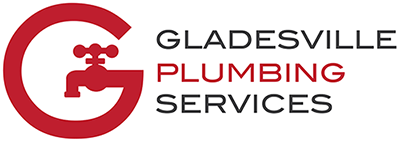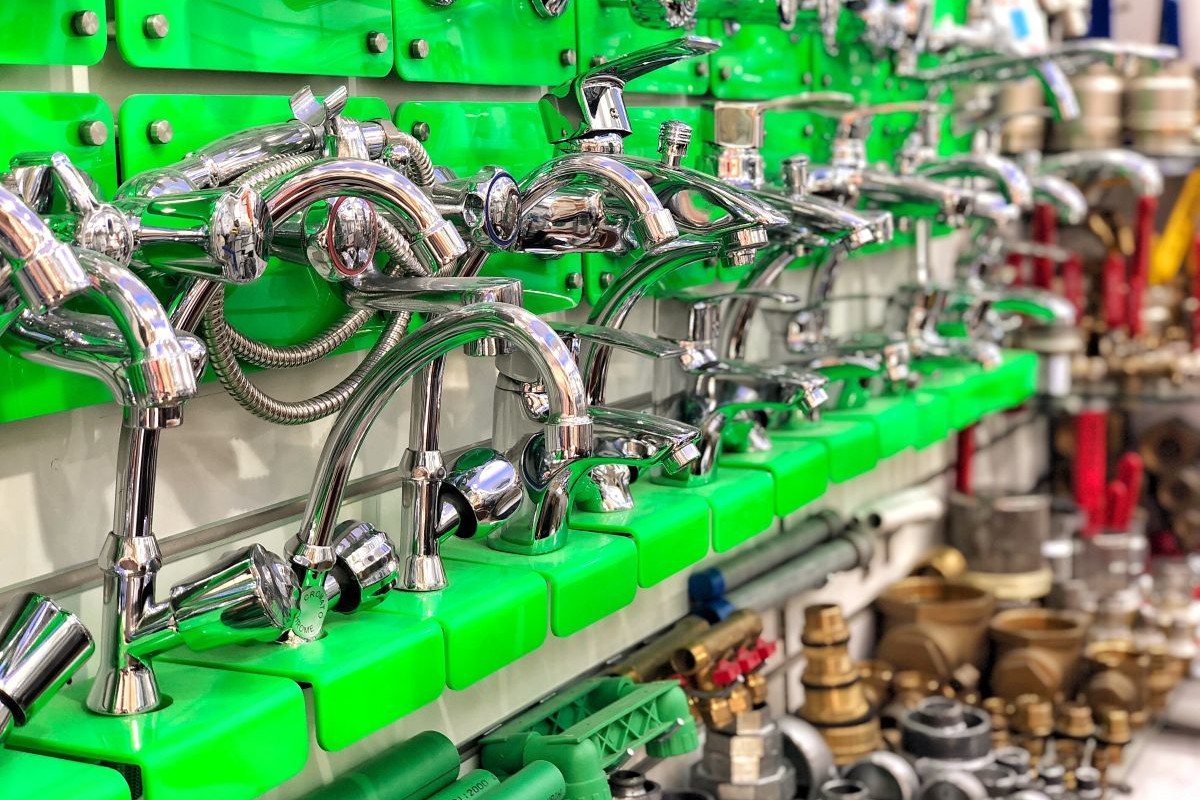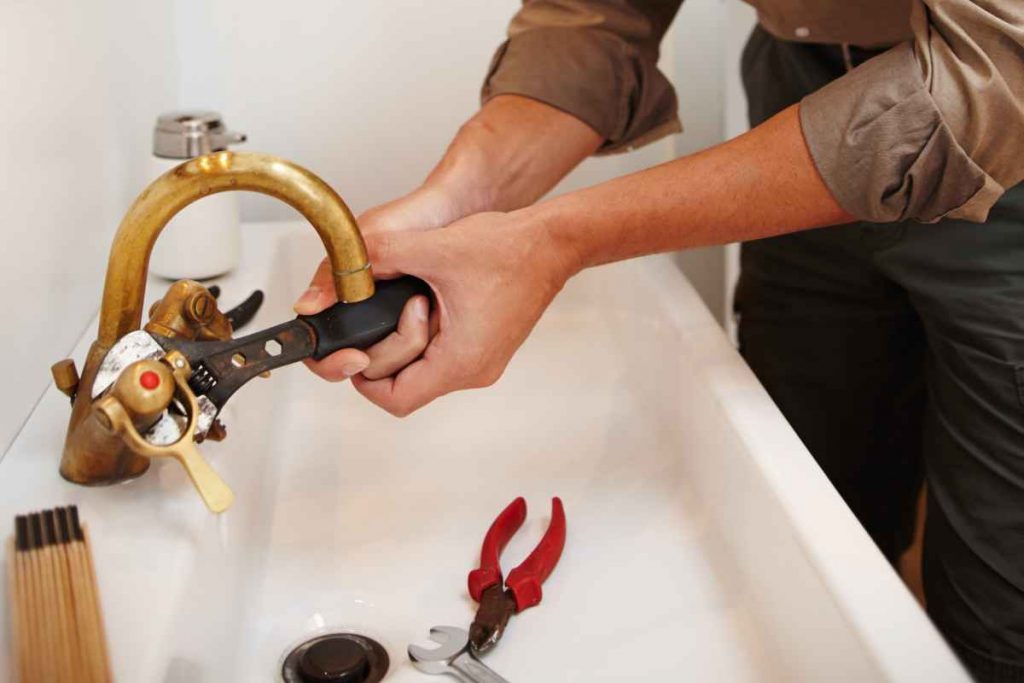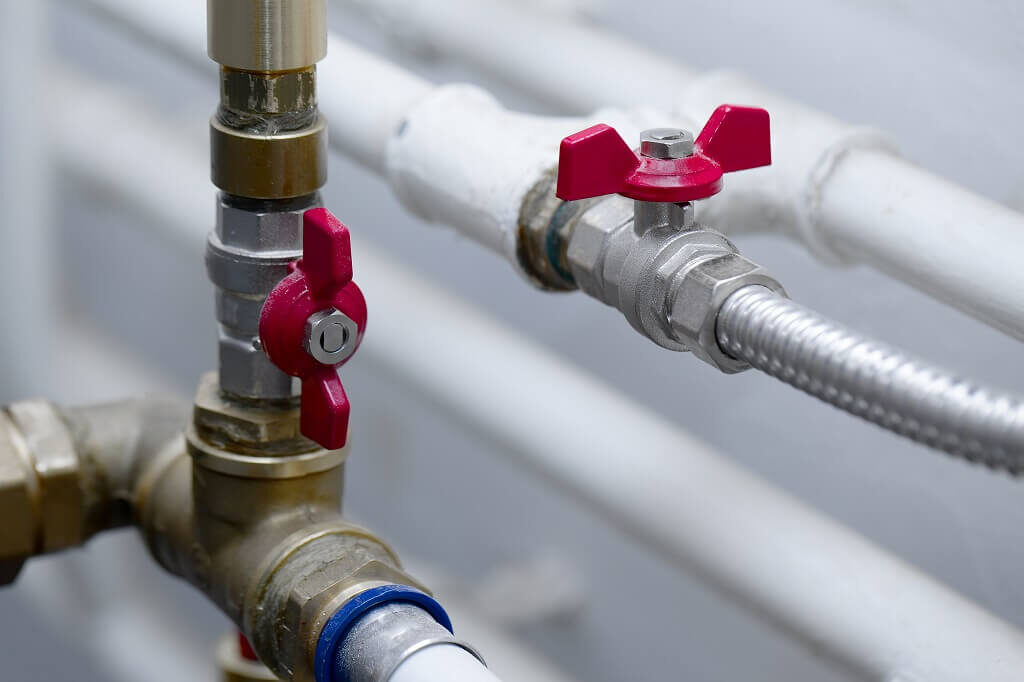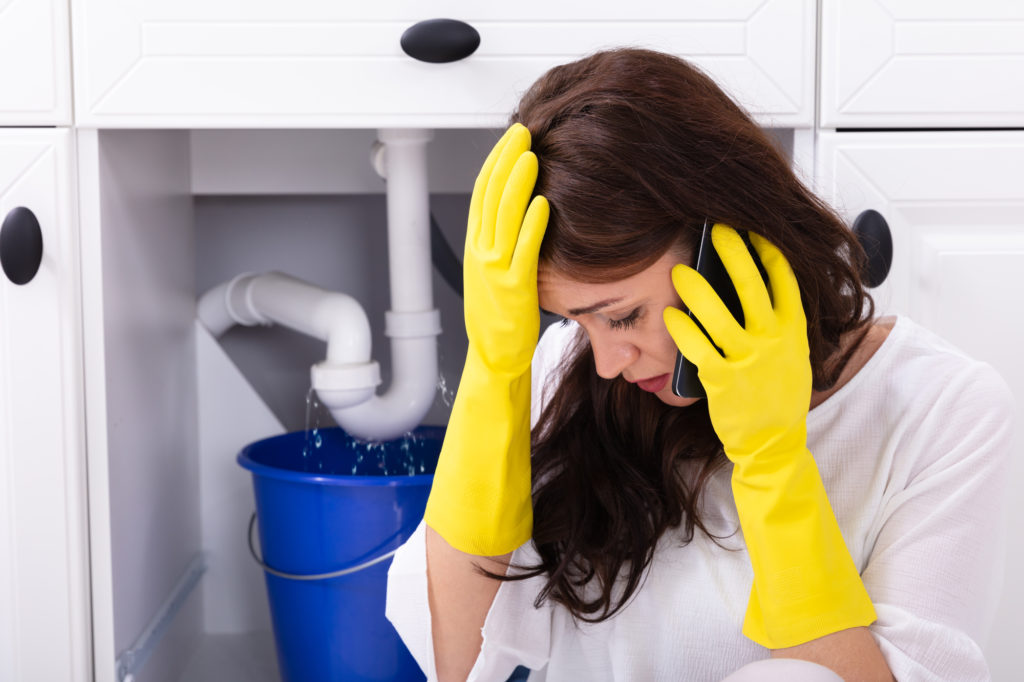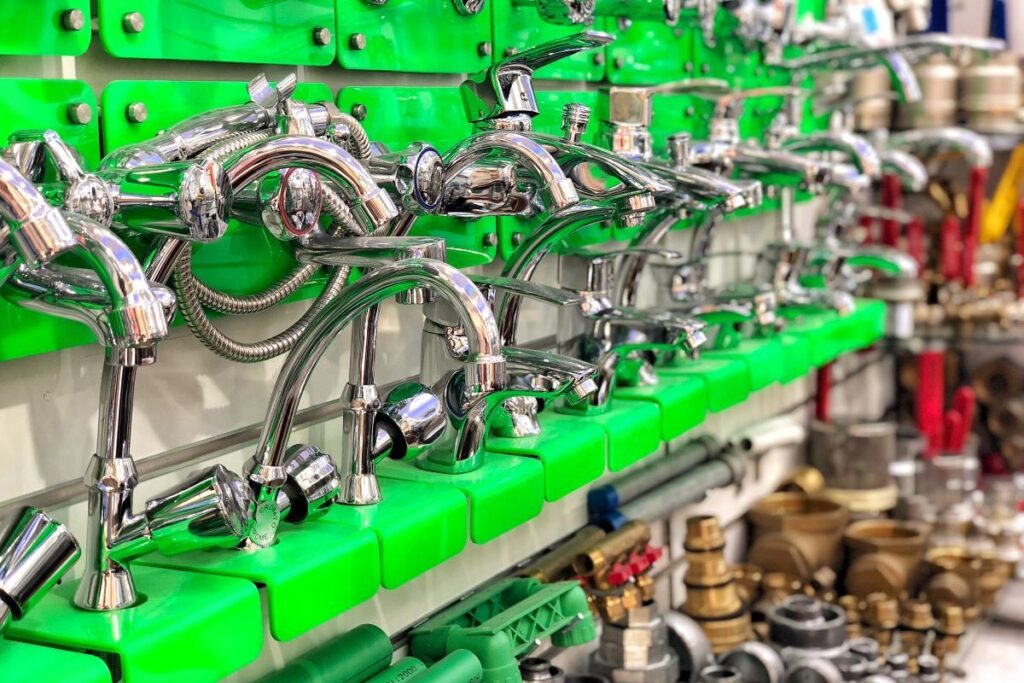
By Joe Rantino, 12 June 2025
If you’re familiar with the bad old days of lead poisoning from exposure to lead in the home, you’ll be forgiven for thinking that low lead fittings are now the legal standard.
And while you’d be right in thinking that the days of highly concentrated sources of lead are behind us, you may be surprised to hear that some lead is still permitted in plumbing that comes into contact with your drinking water.
While it is difficult to do away with lead in plumbing systems entirely, new regulations will require further reductions from next year onwards.
What is the WaterMark Certification Scheme
The WaterMark Certification Scheme provides assurances to property owners about the safety and suitability of the plumbing components used at their properties.
When your plumber installs a WaterMark certified product in your home, you’ll know that it complies with the most up-to-date Australian regulations required by the Plumbing Code of Australia.
What has this got to do with lead?
To reduce the amount of lead used in plumbing products that come into contact with drinking water, the Australian Building Codes Board (ABCB) has added further restrictions to Clause A5G4 of the Plumbing Code of Australia 2022 (PCA).
This means that to be WaterMark certified, products will soon be required to comply with stricter lead limitations. They will need to contain a weighted average of no more than 0.25% lead to meet the new requirements.
Do you have lead-leaching plumbing in your house?
In Australia, before the 1930s, lead pipes were commonly used in plumbing. Therefore, if your house was built before this time and you don’t know if the plumbing infrastructure has ever been upgraded, your drinking water could contain a worrying amount of lead.
After the 1930s, copper pipes were used instead of lead. However, up until 1989, lead-based solder was commonly used on copper and brass pipes and fittings. This also presents a higher risk, especially as these older pipes begin to corrode.
As water sits in plumbing pipes overnight, lead can start to leach out into the water. This means the first flush of water in the mornings will have the highest concentrations of lead.

Some indicators of lead in your drinking water may be a metallic or salty taste and/or cloudy appearance, but these indicators are not conclusive. Other metals and water contaminants may also be the cause. The only way to know for sure that your water doesn’t contain harmful levels of lead is by collecting a water sample and sending it to a water testing lab for analysis.
If you’re concerned about whether the plumbing pipes and fittings in your home contain lead, call a licensed plumber to assess your plumbing system.
Should you worry about newer plumbing systems?
If the plumbing in your home has been fully replaced since the 1990s, your pipes and fittings shouldn’t contain significant amounts of lead.
However, once the new WaterMark requirements take effect, plumbing systems used for drinking water will need to contain a maximum of 0.25% lead, which is the currently accepted definition of ‘lead-free’ in the United States.
This will be the highest level of protection against lead poisoning yet, so any upgrades to your drinking water plumbing system from 1st May 2026 will fit the description of lead-free.
What to do if you’re worried about lead in your drinking water
If you’ve noticed signs of possible lead leaching in your drinking water or have an older plumbing system, make an appointment with your friendly Ryde plumbing team.
One of our experienced plumbers will conduct a thorough inspection and assessment of your system and advise on what steps you can take to ensure safe drinking water for your family.
